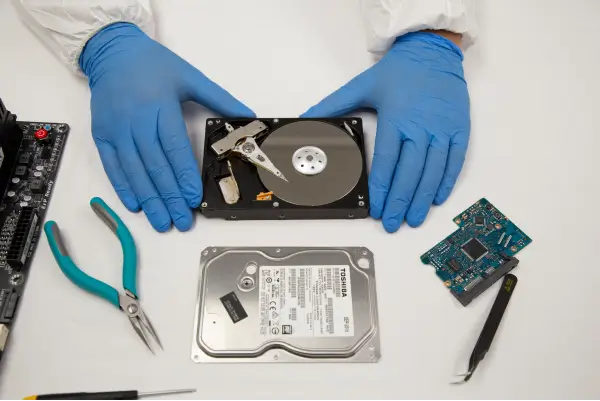Data breaches have become more common today. More importantly, the most newsworthy data breaches that occur are malicious, whether that is an individual or gang involved with ransomware or a disgruntled employee trying to settle a score.
High-profile, large companies that are targets of cyberattacks are often reported as being demanded staggering costs well into the millions of dollars. Even when a company pays the cybercriminals, it seldom works to restore their data.
It is enough to make anyone wince knowing that there are bad actors behind computer screens preying on companies’ technological vulnerabilities, six- or seven-figure ransoms being paid, and the far-reaching effects it has on employee and customer data. However, breaking from the media reports there is more than meets the eye in data breaches. While still a serious matter, it is imperative to understand how data breaches happen and what they can cost beyond standard news coverage.
Survey Says…
Cybersecurity software company Code42 and research company Aberdeen worked in conjunction with each other to provide more insight into and details of data breaches. While the news cycle would suggest a barrage of attacks, a lucrative ransomware market, and lurking criminals abound, the report is rather revealing.
A surprising number to come out of this survey is that 33 percent (or 1 in 3) breaches were instances of someone with authorization to access systems. Breaking down this figure further, 78 percent were unintentional and included employee neglect. Furthermore, there was a daily average of thirteen data exposure events when files were moved to untrustworthy locations through such means as email, cloud, and removable media.
While mistakes can happen, these numbers should be of concern to companies and organizations as they indicate a significant amount of loss from the inside. What should be more alarming to the employer in this situation is that these insider breaches can cost it up to 20 percent of its annual revenue.
Statistics Show an Upward Trend
The threat of malice or carelessness from within should be enough to drive any organization to ramp up its efforts to protect its data from threats both on the outside and of its own authorized users. Despite the increasing threat of cyberattacks and other forms of data breaches, the study also revealed curious details about the current state of cybersecurity.
One of the more shocking revelations is that 75 percent of organizations lack any centralized file movement visibility across their environments. This translates to three out of four organizations forgoing tools to see details and context of any file exposure.
Unsurprisingly, the COVID pandemic in 2020 forced many employers to work around restrictions and potential exposure to the pathogen, sending millions of workers out of the office to work from home. During this time, data breaches were 4.5 times likelier on end-user endpoints compared to back-end servers. This stresses the importance of endpoint security.
Don’t Be Another Statistic
While the statistics are revealing, in many cases these data breach events are avoidable or easily mitigated through a comprehensive data security solution. A thorough package includes protecting data on storage devices and hosts, as well as taking precautions on access to company computers via USB ports.
SecureDrive and SecureUSB drives are hardware-encrypted, OS-independent drives that safely transfer files between the drive and the host. All drives come with a one-year DriveSecurity antivirus license and include user authentication via a PIN or password. The SecureDrive BT and SecureUSB BT drives are paired with a free mobile app that can be customized to increase security, and enhanced with administrator-run Remote Management.
To protect Windows-powered computers, SecureGuard helps boost endpoint security by restricting access to computers when unauthorized devices are inserted into a USB port. Administrators can whitelist or blacklist individual USB devices, and enable other features on individual computers such as Read Only Mode.













